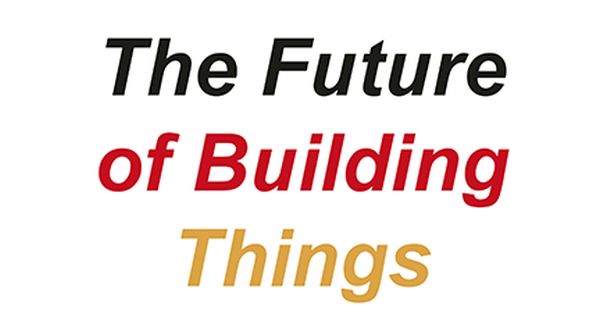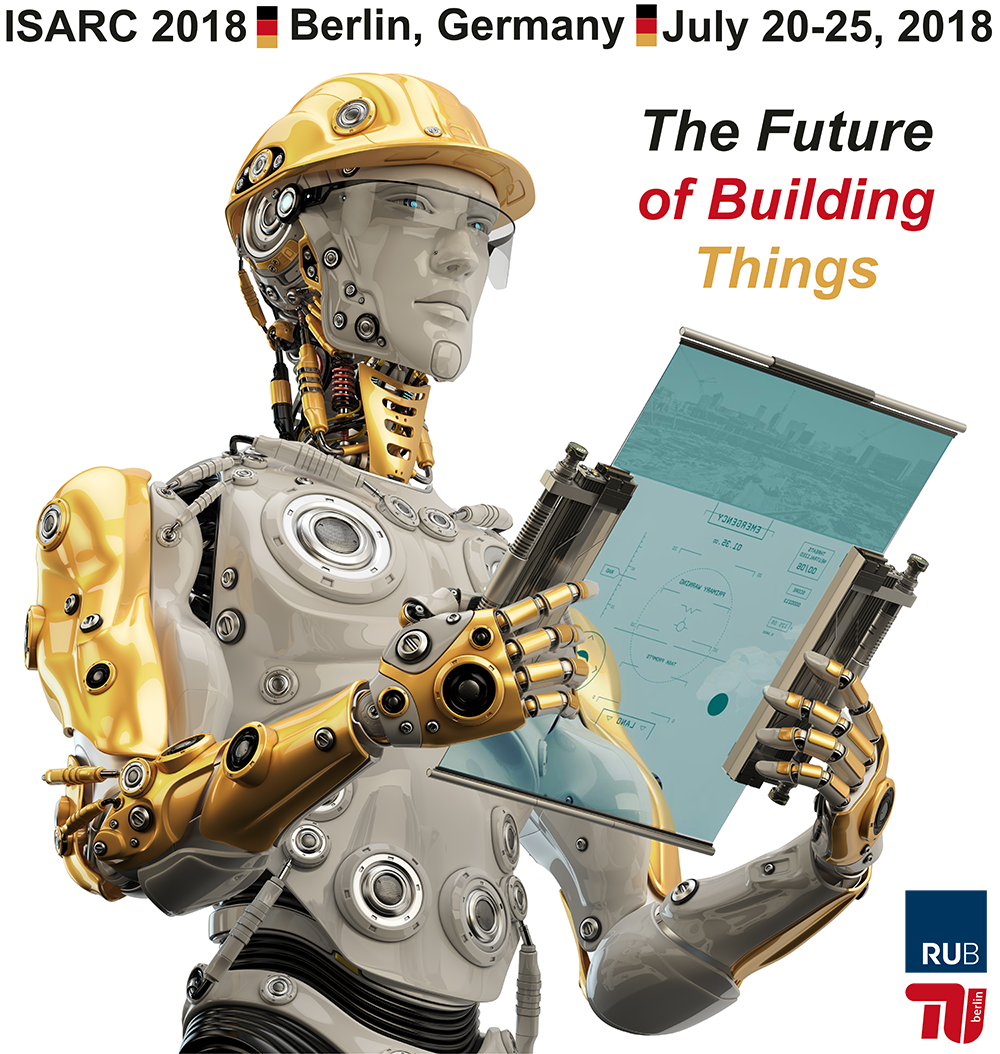Alexander Liu Cheng, Henriette Bier, and Sina Mostafavi publish a paper on Integration of a Wearable Interface in a Design-to-Robotic-Production and -Operation Development in the 35th International Symposium on Automation and Robotics in Construction (ISARC 2018) (July 20-25, 2018)
ABSTRACT:
This paper presents the integration of an Internet of Things (IoT) wearable device as a personal interfacing node in an intelligent built-environment framework, which is informed by Design-to-Robotic-Production and -Operation (D2RP&O) principles developed at Delft University of Technology (TUD). The device enables the user to act as an active node in the built-environment’s underlying Wireless Sensor and Actuator Network (WSAN), thereby permitting a more immediate and intuitive relationship between the user and his/her environment, where this latter is integrated with physical / computational adaptive systems and services. Two main resulting advantages are identified and illustrated. On the one hand, the device’s sensors provide personal (i.e., body temperature / humidity, physical activity) as well as immediate environmental (i.e., personal-space air-quality) data to the built-environment’s embedded / ambulant systems. Moreover, rotaries on the device enable the user to override automatically established illumination and ventilation settings in order to accommodate user-preferences. On the other hand, the built-environment’s systems provide notifications and feedback with respect to their status to the device, thereby raising user-awareness of the state of his/her surroundings and corresponding interior environmental conditions. In this manner, the user becomes a context-aware node in a Cyber-Physical System (CPS). The present work promotes a considered relationship between the architecture of the built-environment and the Information and Communication Technologies (ICTs) embedded and/or deployed therein in order to develop highly effective alternatives to existing Ambient Intelligence (AmI) solutions.


